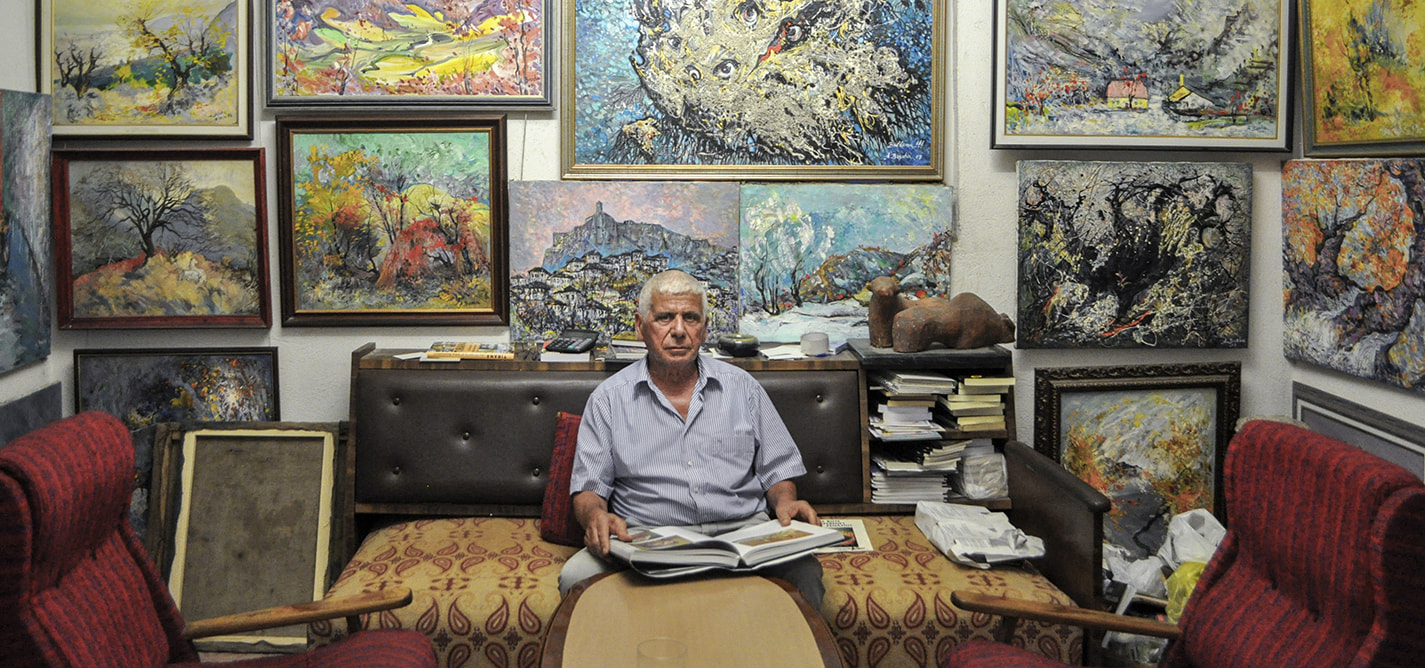
Making art in Hoxha's Albania
“Socialist realism did not depict life as it was, but life as it was supposed to be.”
|27.07.2017
|
“With landscapes, no one was going to ask me why I painted the tree red or why it’s slanted. But if I kept painting portraits, they’d scrutinize me for every possible detail.”
“I don’t regret doing portraits of Enver Hoxha at all. There will come a time when people will look at those portraits and won’t immediately think ‘he painted the dictator’ and dismiss them.”
Zef Shoshi
Lorina Hoxha
Lorina Hoxha is an urban strategist currently based in Tirana. She holds a Master’s degree in Urban Sociology from the University of Amsterdam. Lorina was previously engaged as an editorial intern at K2.0.
This story was originally written in English.